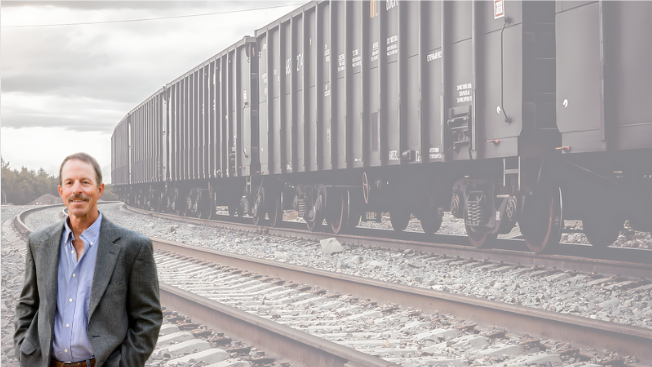Railroads: Barrier to Entry and Customer Service

Darell Luther
Founder & CEO
Darell Luther is CEO and founder of Tealinc LLC Darell’s momentous career includes positions as President and founder of Tealinc LLC; President of DTE Rail and DTE Transportation Services Inc.; President and co-founder of Fieldston Transportation Services LLC; President and founder of Focus Transportation Services; Managing Director of Coal and Unit Trains for the Southern Pacific Railroad; and Directors positions in marketing, fleet management and integrated network management at the Burlington Northern Railroad.
Railroads Barrier to Entry
Railroads have a naturally high barrier to entry. The cost of infrastructure investments, long term commitments necessary to engage in business supported by rail, and economic uncertainty all play an important role in new business development. Railroads typically target growth by enhancing service for larger clients and offering more attractive rail rates and service lanes. Focus on chemicals and higher return commodities allows railroads to price selectively to the economic returns of the commodity being transported. Consider the price of moving a railcar of scrap or aggregates to the price of moving chemicals that same distance. Theoretically if the railcar has a gross weight on rail of 286,000 pounds it should cost the same, right? Interestingly, although there is a discrepancy in pricing for different commodities, shippers understand commodity-based pricing.
Class I Customer Service
Following on the previous article, “Railroads Barrier to Entry”, this article is in the same light when working through Class I human resources. Many frontline rail personnel appear inclined to maintain the status quo, often resisting changes that would increase traffic volume. The more traffic, particularly if you’re expecting to transport large volumes of tonnage or if you are one of the companies that ship only a few railcar loads, is a hassle to the railroad. It doesn’t clearly move the needle on profitability by itself, however when considered as a business segment it’s one of the most profitable areas for the railroads. If you don’t fit in with the operating schematic from the onset expect a significant amount of resistance. Finding a champion in the rail industry is important. That person(s) needs to be interested in promoting business. While our interactions with sales and marketing representatives from various Class 1 railroads have generally been positive, establishing successful partnerships with railroad industrial development personnel has proven to be more challenging. Despite encountering exceptional individuals within Class 1 railroads, there remain some who adopt a more pessimistic stance when evaluating new customers. The barrier to entry for anyone new to rail is extremely high without some internal help. It is near impossible without some assistance internally from the railroad to get rail service and rates established.
Railroad Service
Service continues to improve slightly but isn’t what it necessarily should be. I find it interesting that when the railroads had large commodity shipments, (e.g. Powder River Basins coal to the Midwest; short haul runs in the Central Appalachia and the Illinois Basin to power plants; frac sand moves from Wisconsin, Michigan and Minnesota to North Dakota and Texas; grain from the corn belt on both sides of the Missouri river to feeders, mills and export terminals) they did much better at service. One would think that the increase in business would cause more congestion than it really did. When considered, those substantial railcar and train movements created a tempo from which service could readily be based. In late 2020 the Surface Transportation Board mandated that all Class 1 Railroads report various service measures publicly. This information is still being reported in 2024. Reviewing the data from a 30k viewpoint it appears that there hasn’t been much improvement since the inception of the reporting period. Certainly, there are times of significant improvement and times woefully lacking. Where is it now? Up, down, flat… but unlikely consistent. Many customers recognize that railroads are doing their best at trying to get loads to receivers and reposition empty railcars for the next load. Consistency has been repeatedly named as the most important aspect of railroad service. There are several things a shipper can do to help drive consistency and all start with having a meaningful discussion with the railroad personnel. Particularly if you can talk with operations people and those creating trip plans or scheduling.








New to rail or need support with your rail business?